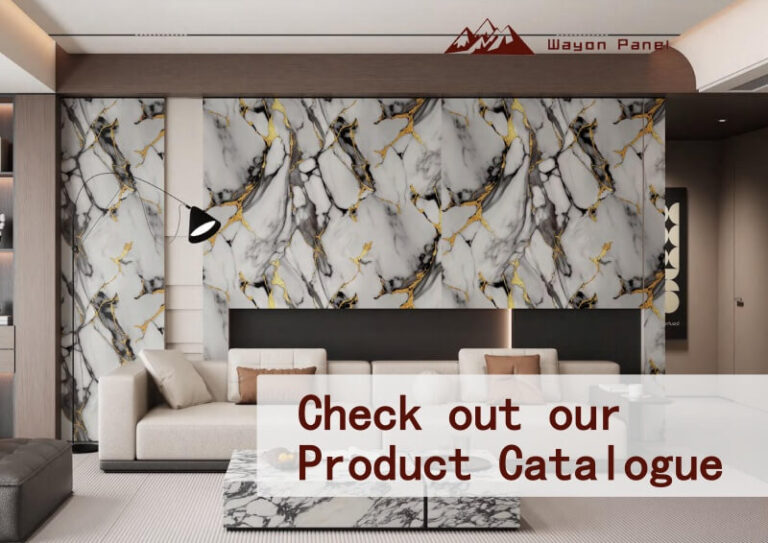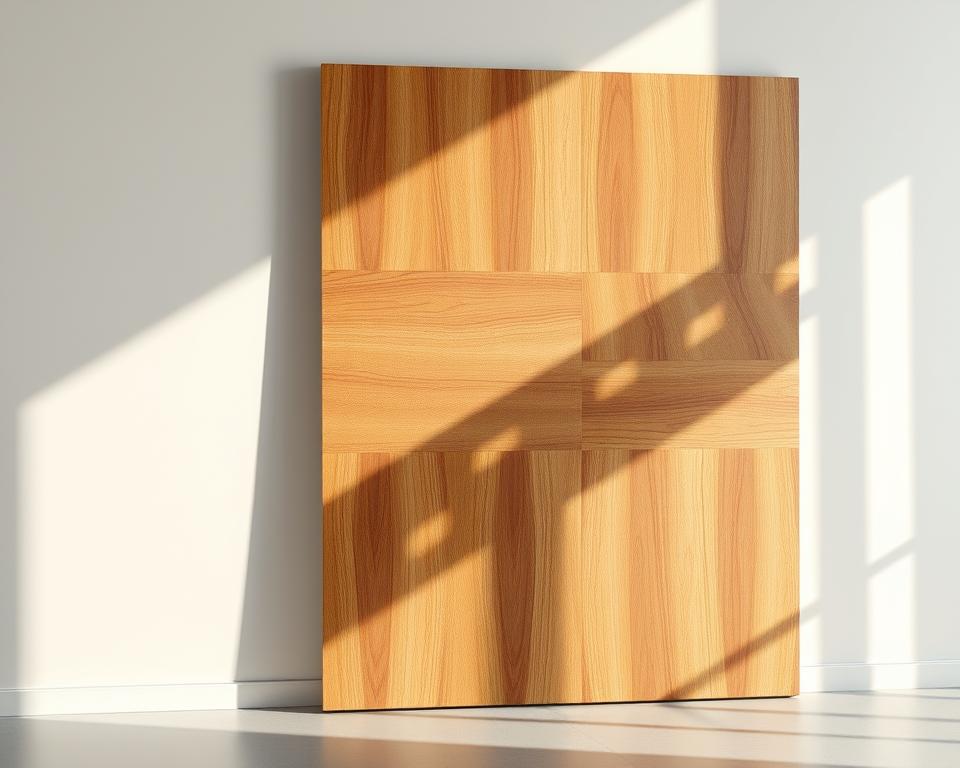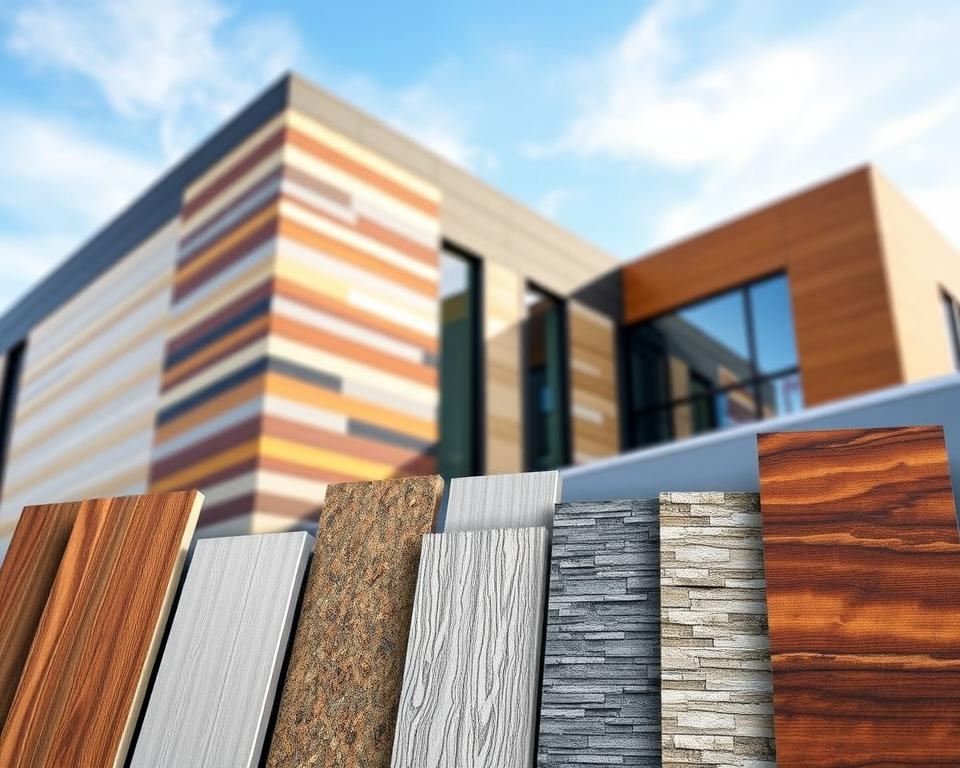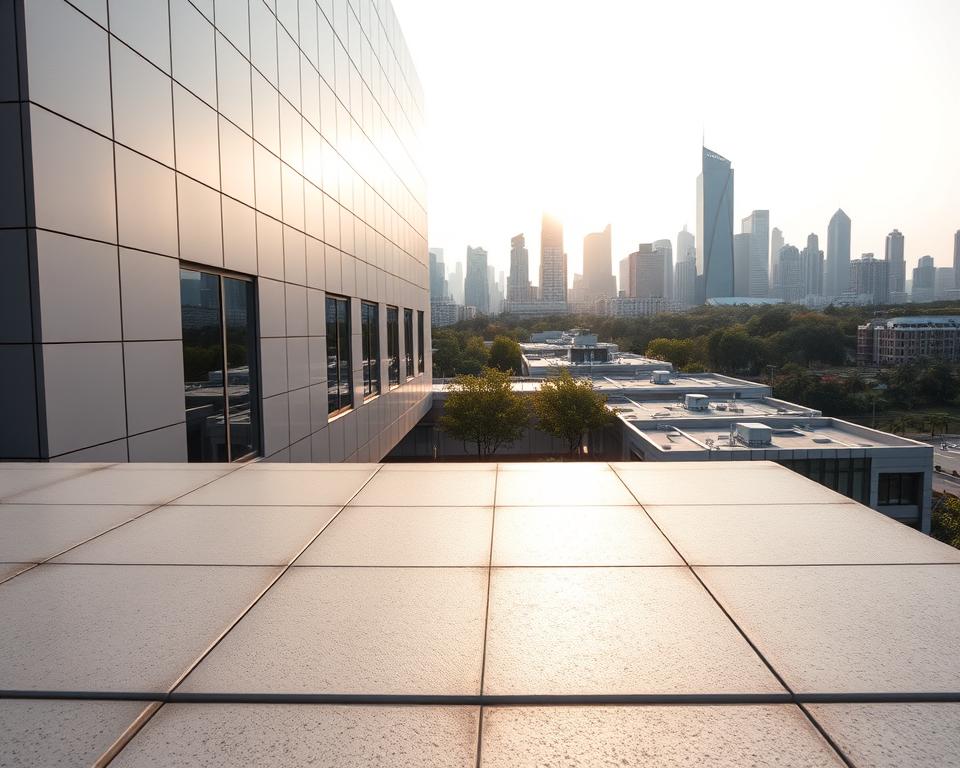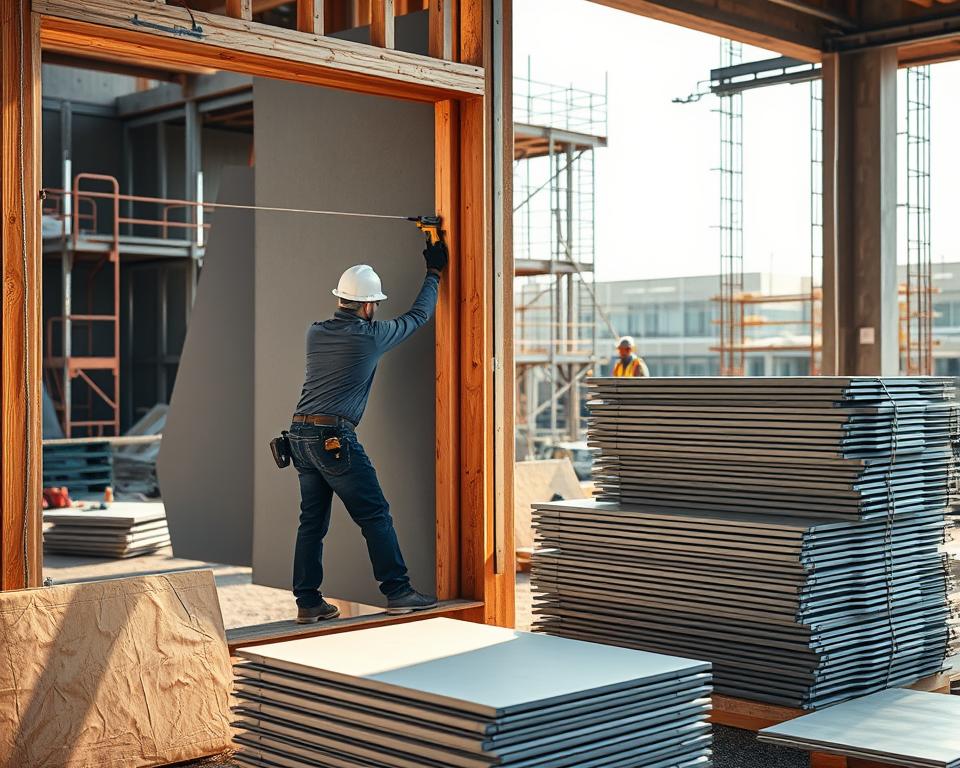Modern construction demands solutions that balance precision, durability, and visual appeal. Industry leaders now distinguish themselves through advanced fabrication methods that deliver unmatched accuracy in product dimensions. Computer-guided routing technology ensures components meet exact architectural specifications, even for complex commercial projects.
Material innovation plays an equally vital role. Cutting-edge bonding techniques fuse lightweight cores with protective exterior layers, creating structures that withstand extreme weather while maintaining structural integrity. This approach supports both conventional and rain-screen installations, offering architects multiple options to meet regional building codes.
Design versatility remains crucial for contemporary projects. Top producers provide extensive color selections and finish variations that maintain their appearance through decades of exposure. The best systems eliminate traditional maintenance needs while adapting to diverse architectural styles – from sleek urban storefronts to textured educational facilities.
True market leaders differentiate themselves through comprehensive support. They combine technical expertise with sustainable manufacturing practices, helping teams navigate complex projects while reducing environmental impact. This holistic approach creates value that extends far beyond material specifications.
Overview of Composite Wall Panel Systems
Today’s architectural solutions require smart engineering that outperforms conventional options. Cutting-edge panel systems merge layered materials through advanced bonding methods, creating products built to last decades without compromising aesthetics.
Key Features and Benefits
These systems use thermobonded layers for permanent adhesion. Face skins fuse with core materials like polyethylene or fire-resistant compounds. This eliminates separation risks even in coastal areas or extreme climates.
Builders gain flexibility with dual core options. Standard versions offer lightweight insulation, while fire-retardant types meet strict safety codes. Both maintain structural stability across temperature swings from -40°F to 180°F.
Innovative Material Combinations
Wood-plastic hybrids blend natural textures with polymer durability. Special additives block moisture absorption and UV damage. Unlike traditional wood or metal cladding, these materials resist warping and corrosion. Architects get authentic wood grain looks without seasonal maintenance hassles.
Advanced Manufacturing Techniques
The construction industry’s quality standards now hinge on technological innovation. Cutting-edge equipment reshapes production workflows, delivering components that meet exact design specifications while accelerating project timelines.
State-of-the-Art Rout-and-Return Process
Modern production lines employ computer-guided routing systems to carve materials with microscopic precision. This process achieves tolerances within thousandths of an inch, ensuring flawless alignment for complex architectural designs.
The rout-and-return method produces crisp edges and geometric patterns unattainable through manual techniques. Automated quality systems scan materials at every stage, flagging imperfections before final assembly. “This isn’t just manufacturing – it’s engineering artistry,” notes a industry specialist.
Adjustable mounting hardware allows installers to tweak individual units during placement. This flexibility proves critical when working with curved surfaces or irregular building frames. Large-scale projects benefit from standardized processes that maintain quality across thousands of components.
By integrating smart equipment with precision routing, producers balance speed and accuracy. The result? Durable, visually striking solutions that adapt to diverse structural demands without compromising budgets.
Design Flexibility and Visual Appeal
Architectural success in 2025 hinges on merging aesthetic vision with technical performance. Modern cladding systems achieve this balance through customizable solutions that adapt to diverse design requirements while maintaining structural integrity.
Customizable Colors and Finishes
Metal-based materials now offer over 200 standardized hues alongside custom color matching capabilities. Architects can replicate corporate branding shades or historical district requirements with 98% accuracy. Reflective metallic surfaces and stone-textured finishes provide depth without the weight of natural materials.
Wood-alternative products feature realistic grain patterns that mimic oak, cedar, and exotic hardwoods. These surfaces retain their rich tones through advanced UV-blocking technology. “We specify these systems because they deliver authentic character without seasonal maintenance headaches,” explains a Chicago-based design firm principal.
Specialized coatings address unique project needs:
- Hospital-grade antimicrobial protection
- Urban-optimized graffiti-resistant surfaces
- Energy-saving reflective finishes
Digital printing technologies enable direct integration of logos, murals, and intricate patterns. This capability transforms functional surfaces into branded architectural statements. Design teams maintain creative freedom while meeting strict durability standards for commercial applications.
High Performance in Various Weather Conditions
Building exteriors face relentless challenges from nature’s extremes. Modern cladding materials now combine robust engineering with intelligent design to thrive where traditional options fail. These high-performance solutions maintain structural stability from desert heatwaves to coastal storms.
Advanced moisture barriers prevent water infiltration while allowing vapor escape. This dual-action technology stops mold growth and material warping – common issues with older systems. Fire-resistant formulas exceed safety codes without limiting design creativity.
UV-stable surfaces resist fading even under intense solar exposure. Specialized coatings reflect harmful rays while preserving color depth for decades. Thermal expansion rates match mounting hardware specs, preventing stress cracks during seasonal shifts.
Coastal and urban projects benefit from corrosion-proof construction. Salt spray and pollution slide off engineered surfaces instead of eating through layers. Impact-resistant designs absorb hail strikes and debris impacts without denting or compromising seals.
“Our clients need assurance their investment withstands time and weather,” notes a Texas-based architect. These systems deliver that confidence through rigorous testing and real-world performance tracking. The result? Structures that look pristine year after year, regardless of climate challenges.
Applications in Commercial and Residential Projects
From urban storefronts to suburban homes, modern building materials adapt to diverse needs. Our engineered solutions excel in both retail spaces and private residences, blending visual impact with practical performance. These systems transform how architects approach varied project scales – from boutique shops to multi-story apartment complexes.
| Project Type | Key Advantages | Typical Uses | |
|---|---|---|---|
| Retail Centers | Brand customization | High foot traffic durability | Storefronts, signage walls |
| Residential | Low maintenance | Weather resistance | Home facades, garden walls |
| Healthcare | Antimicrobial surfaces | Sound dampening | Hospital partitions, clinic interiors |
Retail environments particularly benefit from creative freedom. “We redesigned a flagship store using customizable surfaces that mirrored their brand colors perfectly,” shares a New York project manager. The materials withstand constant customer traffic while maintaining polished appearances for years.
Residential developers gain multiple advantages:
- Quick installation on tight construction schedules
- Consistent aesthetics across housing communities
- Reduced long-term upkeep costs
Renovation projects showcase these systems’ adaptability. Aging office buildings get modern facelifts without structural overhauls. Schools update interiors with impact-resistant surfaces that survive daily wear. Through diverse applications, these solutions prove their value across America’s built environment.
Project Gallery and Real-World Success Stories
Seeing solutions in action helps professionals make informed decisions. Our global project gallery displays completed installations across 23 countries, from Arizona office towers to Tokyo retail complexes. These visual examples demonstrate how materials adapt to cultural styles and climate challenges.
Case Studies That Inspire Confidence
A Miami high-rise renovation cut energy costs by 31% using reflective cladding. Project specs show how material selection reduced cooling demands while meeting hurricane codes. “The performance data convinced our board this was the right choice,” states the building manager.
Environmental Impact and Sustainable Solutions
The construction sector increasingly prioritizes eco-friendly practices without sacrificing performance. Forward-thinking companies now integrate circular economy principles into their production workflows, transforming waste streams into high-value building solutions.

